The Cathar castles
The Cathars were a religious group which developed in the 11th century mostly in the Languedoc region around Toulouse and Carcassone.
To flee persecution, they built castles in the most innacessible places, on rocky outcrops deep in the wild hills of northwest of Perpignan.
Driving to the dramatic castles of Aguilar, Peyrepetuse, Quéribus, Puilaurens or Montségur will take you across some breathtaking scenery virtually unchanged since the Cathars fled there centuries ago.
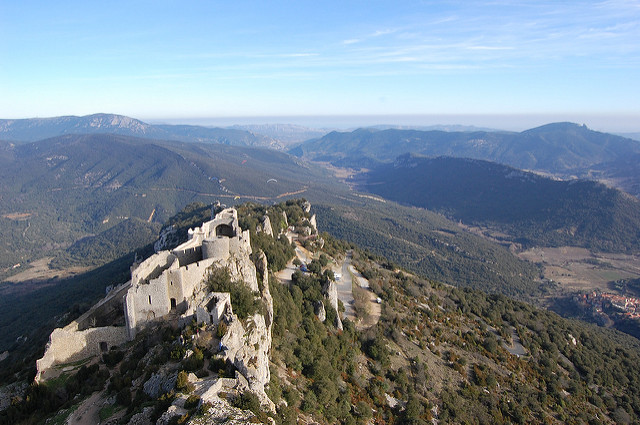
Photo: Hien Le/Flickr
The peaks of the Pyrenees
It is possible to cross all the way from the Mediterranean coast to the Atlantic coast through the Pyrenees. There is route all the way along the 900-kilometre drive from Cerbère south of Perpignan across the mountains to Hendaye in the Basque country.
It will take some time but every minute is worth it. You'll cross over 30 mountain peaks with stunning vistas all along the way.
.jpg)
Photo: Alain Muller/Flickr
The Emerald coast
This coastal stretch in Brittany isn't called the “Côte d'Emeraude” (the Emerald Coast) for nothing. The sea, which turns a bright green colour along the craggy shore and the coast's vast beaches uncovered by some of Europe's biggest tides, are a feast for the eyes.
Take the road winding along the coast from the Pointe de Groin though the beautiful fortified town of Saint Malo to Dinard, stopping to savour the views and sea air (and if you feel like pursuing your trip, just drive on westwards towards Brest, you'll reach another beautiful coast, a pink one this time, called the “Côte de Granite Rose”).
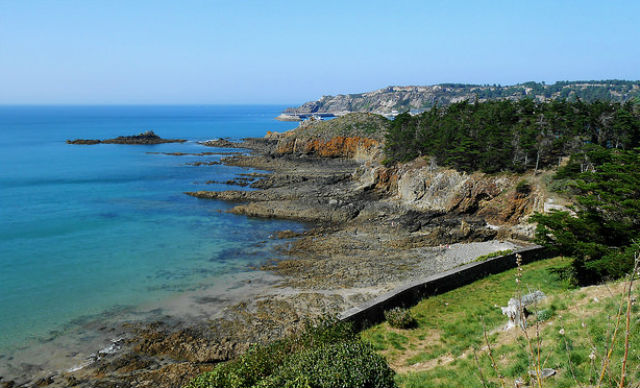
Photo: Olivier Penet/Flickr
The volcanoes of the Auvergne
France boasts some live volcanoes, but hundreds of miles away on the Reunion Island. The mainland however, does possess dramatic remains of extinct volcanoes, some as old as 65 million years, in the hilly and wild Auvergne region in central France.
You'll see no less than 80 of them in this area around the town of Clermont-Ferrand. There are many small roads to chose from in this stunning landscape but you could start off from the Gour de Tazenat, which was once a volcanic lake, and drive to the renowned Puy de Dôme which rises to 1,465 m.
The views from the top over the volcanic landscape will take your breath away.
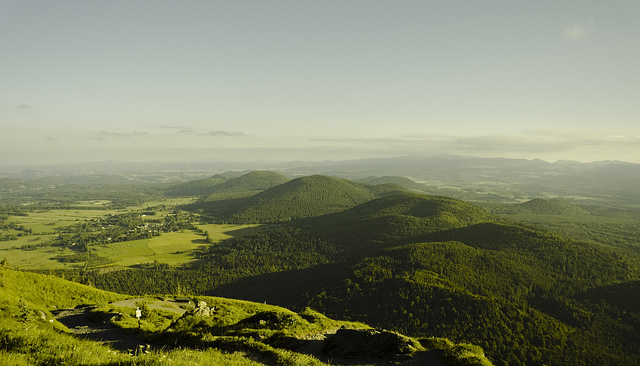
Photo: Alpha du centaure/Flickr
The Alsace wine route
The Alsace is famed for its wines and charming villages with church steeples peaking out from the vineyards. The 170-kilometre 'route des vins' – the wine route running from north to south around Colmar – weaves through these beautiful villages and towns and entrancing scenery.
This is a place to enjoy the slow life, take a leisurely drive, stop for picnics and pause at night in one of those pretty villages such as Kaysersberg, Obernai and Riquewihr to enjoy the region's famous wine and gastronomy.
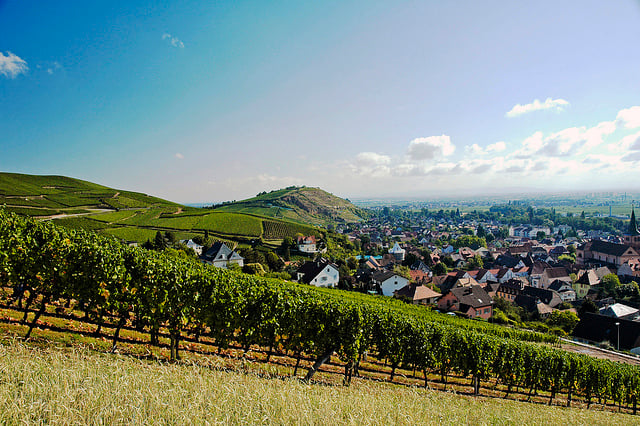
Photo: Nigab Pressbilder/Flickr
The Millau viaduct
The Millau viaduct is a modern architectural masterpiece stretching over a vast valley in the central Aveyron region near the village of Millau (it's also a source of British pride as it was designed by UK architect Norman Foster).
Seeing it for the first time as it rises up majestically from the ground below is heart-stopping. You'll find it along the stunning and wild stretch of the A75 motorway between Clermond-Férrand and Béziers, which cuts across the mountainous Massif Central down to the warmer Mediterranean plains near Béziers. A feast for the eyes.
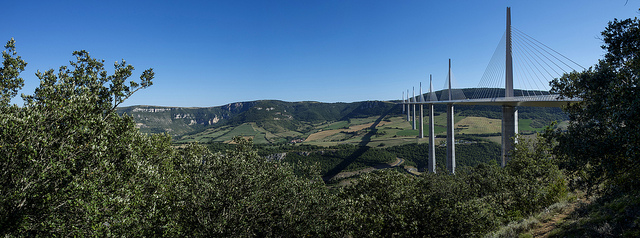
Photo: Corentin Foucaud/Flickr
The 'Calanques' creeks
Ahh Provence…with its idyllic Meditteranean creeks, cicadas and honey-coloured light. You'll get all of this when you drive along the road running from Marseilles through the 'Parc National des Calanques' national park through the typical provencal village of Cassis with its famed 'calanques' – rocky creeks with turquoise water, to La Ciotat. Enjoy the views and be sure to bring a bathing suit and stop for a dip whenever you can.
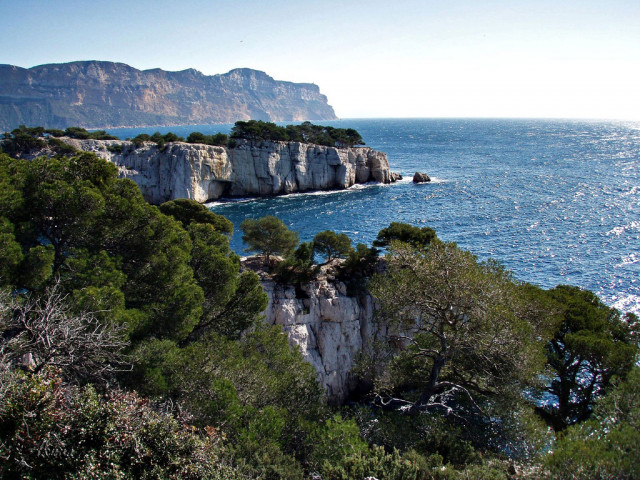
Photo: akunamatata/Flickr
The Cap Corse in Corsica
Corsica is a jewel from top to bottom and driving across it is one of the most memorable and beautiful drives in France, if not the world. That makes selecting a particular route on the island over another is virtually impossible, but one of them sticks out.
Take the D80 around Bastia along the cap Corse, the finger-shaped piece of land at the northern tip of the island. It will take you along the coast through pretty ports, hilltop villages and magnificent scenery.
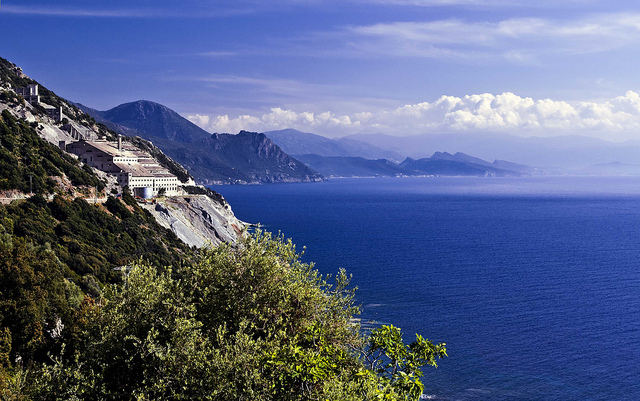
Photo: Daniel Cremona/Flickr
The Alpine 'Route des Grandes Alpes'
If you have the time, take it, for this 700km journey through Europe's highest mountain chain from Lake Geneva all the way down to the Mediterranean. You cross through typical Alpine villages, beautiful mountain lakes and of course peaks where you'll feel that you're on top of the world.
The highest is the Iseran peak, standing at 2764 metres. Because of the altitude, this route is only possible between June and October before some of the roads close due to the snow.

Photo: Björn S…/Flickr
The Verdon gorges
The dramatic gorges of the Verdon in Provence are flanked by cliffs that can plunge down up as far as 750m to the turquoise Verdon river down below.
The water courses into the Lac de Sainte-Croix, a refereshing and favoured swimming spot for tourists in the summer. A number of routes take you around this stunning natural attraction, with many places to stop and admire the view.
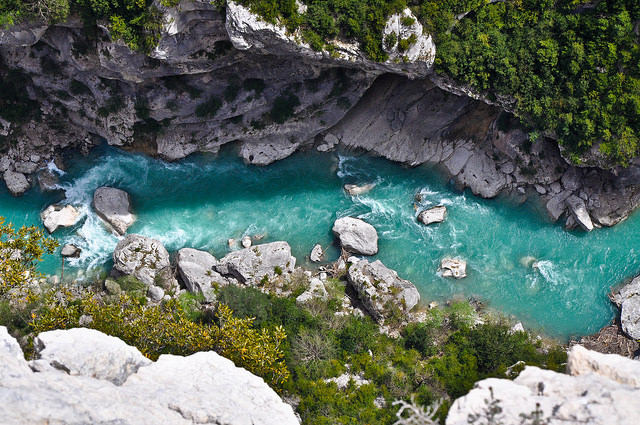
Photo: ADT 04/Flickr

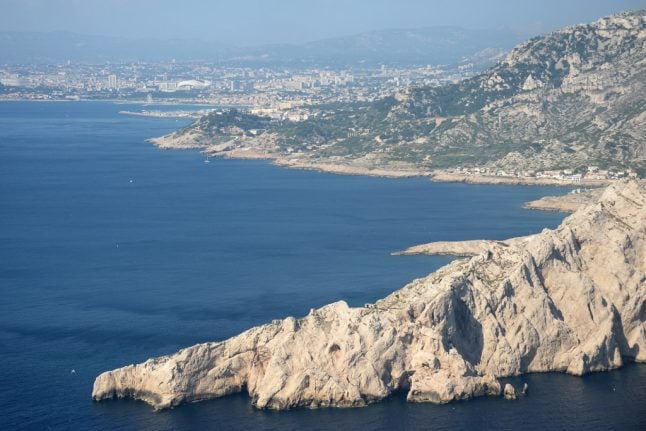


 Please whitelist us to continue reading.
Please whitelist us to continue reading.
The callanques – creeks is surely what you mean, creaks are the noises shaky chairs and old bones make. The Millau Viaduct leaves me in two minds – is it better to drive over with a quick glance on the approach or to admire it at leisure from below. Difficult one that – we did both.
The Millau viaduct was not designed by Norman Foster. It was designed by a civil servant located in L’Arche in Paris. Norman Foster was consulted about a detail of its structural integrity!
Peter Smith
Agree with Peter, though I do believe it was Norman Foster who put the curve in! The curve was not essential to the design but as Foster said, the curve ensured a better view both on the approach and whilst crossing. It is a beauty at night as well
Agree also with Helen, view it from underneath as well. The added benefit is that you can then visit the Roquefort caves only 5 miles away. I have also taken the train up from Bédarieux to Millau. Not only does the route pass under the bridge but travels accross the beautiful causes.
The Millau viaduct is a great convenience if you are heading north or south, as I have done several times, but a beautiful drive? No, it is a blot on the landscape from below or travelling on it and could have been built in a more sympathetic manner to its surroundings.
To Leon a rabat joie. There is always a different way of doing things and there is certainly no way of pleasing everybody. The viaduct is a feat of engineering and a pleasurable and convenient way to travel north/south. I enjoyed immensely going over it and viewing it from below. Perhaps next time there is a grand scale project like this one make sure that they consult you.
I have been across once south to North – Normally however it is more of a pleasure on a motorcycle to ride along the riverside old road going into Millau
Millau viaduct is fantastic, whatever the weather, going north to south. The luminescent pillars glow, even when it’s foggy, and approaching from the north you can appreciate the sinuous form (whoever designed it) as you approach it. Well worth the toll. From the south – also tolled – is much less interesting. I make a point of going this way from my home in the Loire Valley to friends in the Languedoc, just for the pleasure of coming across the viaduc de Millau.
This article implies that there is a road from Cerbère to Hendaye. This is NOT so. I have driven from Foix to Pau on the A64 which is the only road that traverses from east to west near the Pyrenees. Unless they are talking about off-roads, one has to go “in-south and back out-north” to A64 in order to continue going from east to west. If they have built something it is not presently shown on Google Maps. There is no way to drive along the Pyrenees.
As for Millau, as an engineer, I find the viaduct simply fantastic. If you go, drive to the little town of Peyre for a full view from the ground. Be careful when you enter Peyre in your GPS because apparently there is a Peyre in Brittany from where you will obviously not see the viaduct.